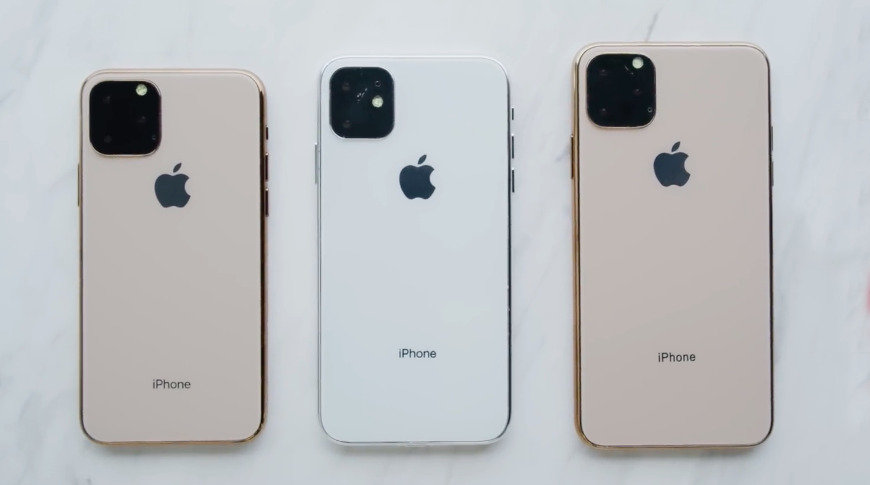Yes, you heard it right, Apple is all set to change its iPhone release strategy from the coming year 2021. As per CNBC Reports, JP Morgan analysts are predicting the supply chain checks, which Apple would be moving to launch new iPhones twice a year by 2021. Since 2021 has Apple’s flagship iPhone is released during September and October, which continues till the Winter Holidays in December. There seems to be a shift in strategy, which would help Apple to get smooth over the traditional seasonality and thus offer the company to get the increased amount of flexibility for changing its products within a six month time period and then compete with some other device that the makers, which launch new phones all over the year claimed the report.

If Apple is seen shifting the practice of introducing new iPhone twice as a year, it would be rather a key shift for the Cupertino-based company’s most vital product lines to claim the report. This is based as per our supply chain checks, which we tend to expect a strategic change in the launch cadence along with the release of two more new iPhone models in the said year. This will act to a smooth seasonality over the launch claimed the report as quoted by the JP Morgan. Apart from the year 2021, the analysts seemed to have added a prediction for the iPhone lineup from the next year in 2020. The report seemed to mention the analysts that seemed to predict by September 2020, Apple will launch four additional iPhone models, which will sport superior OLED screens that are supposed to be added with 5G networks support.
They further claimed that some of the models might mail to support the mmWave technology, which assures to the fact that the devices function on a faster note. The report quoted mentioning the prediction this year, Apple is now expected to launch the iPhones, which would now be having the OLED display and carry a number newer screen sizes, the first with the 5.4-inch display, and second comes with a 6.1-inch, while the other comes with the much larger screen size of 6.7-inches. Now, the experts feel that the market is likely to expect two high-end models (6.1-inch, and 6.7-inch) having mmWave support, World facing 3D sensing, and triple camera. On the other side, the lower-end models (both the ones with 6.1-inch and 5.4-inch) including sub-6 GHz support with a dual camera without any world-facing 3D sensing. The analysts further noted the fact if Apple boosts up the screen size and add 5G support, it would motivate the existing iPhone customers to get the upgrade.